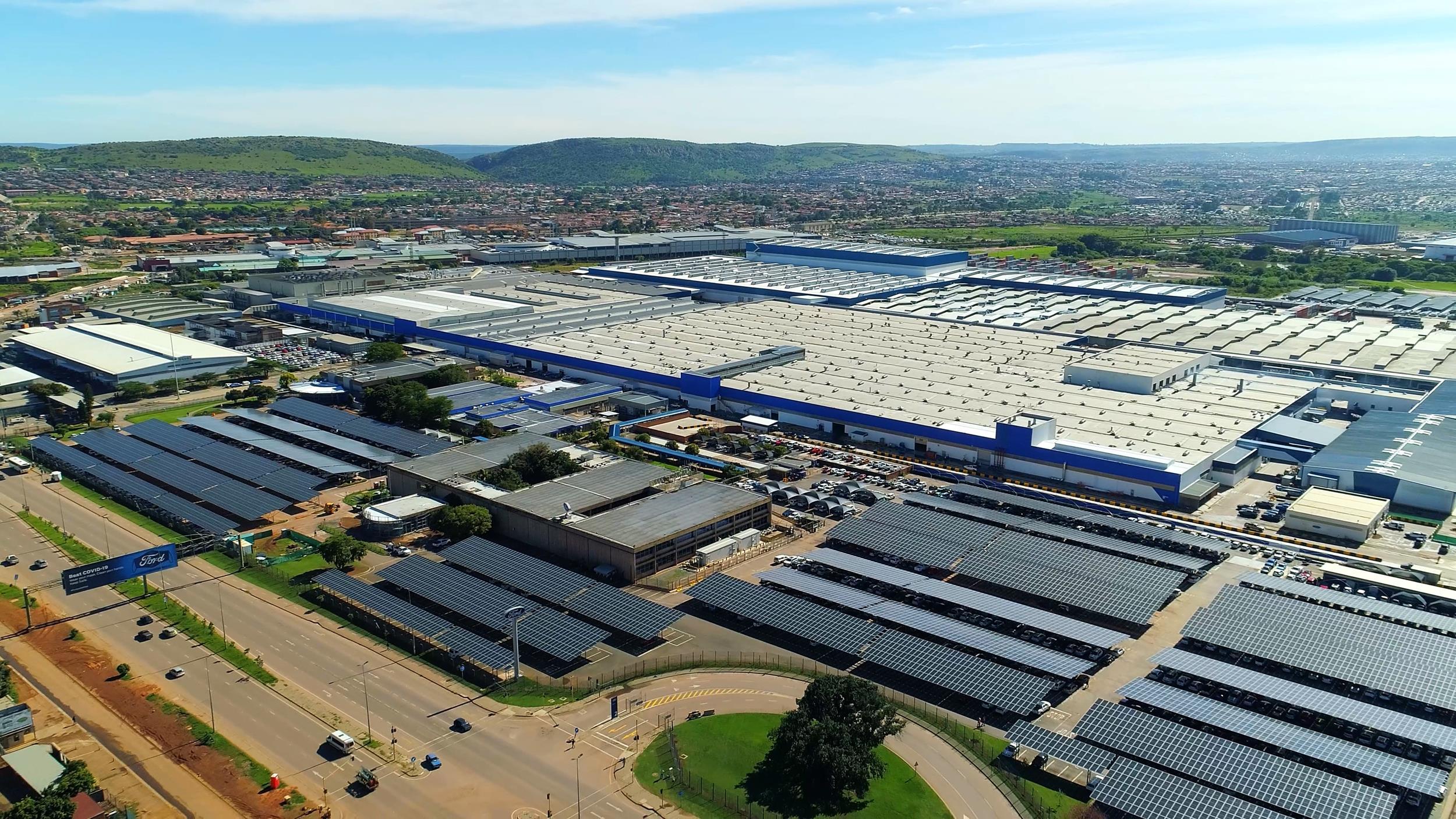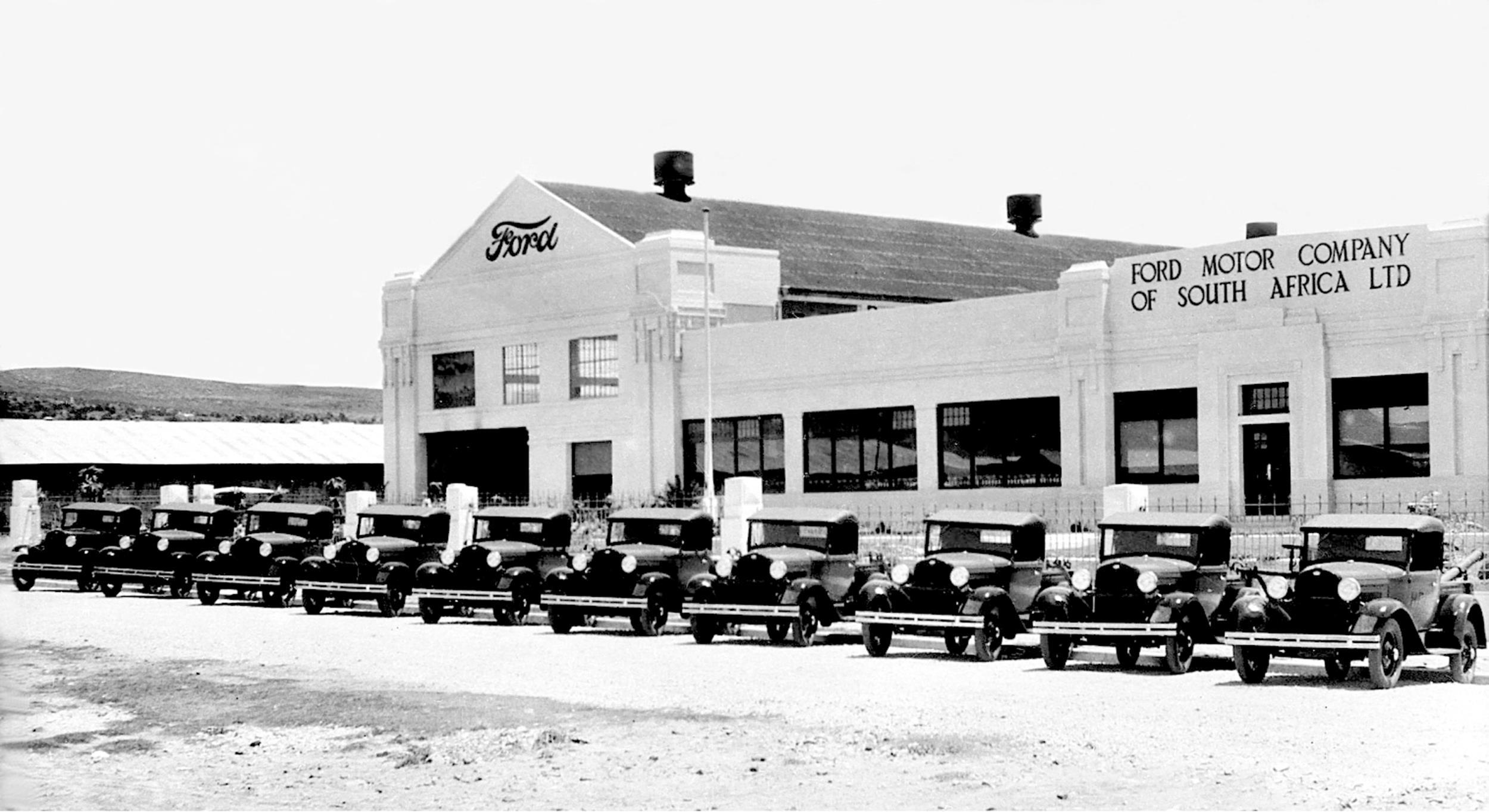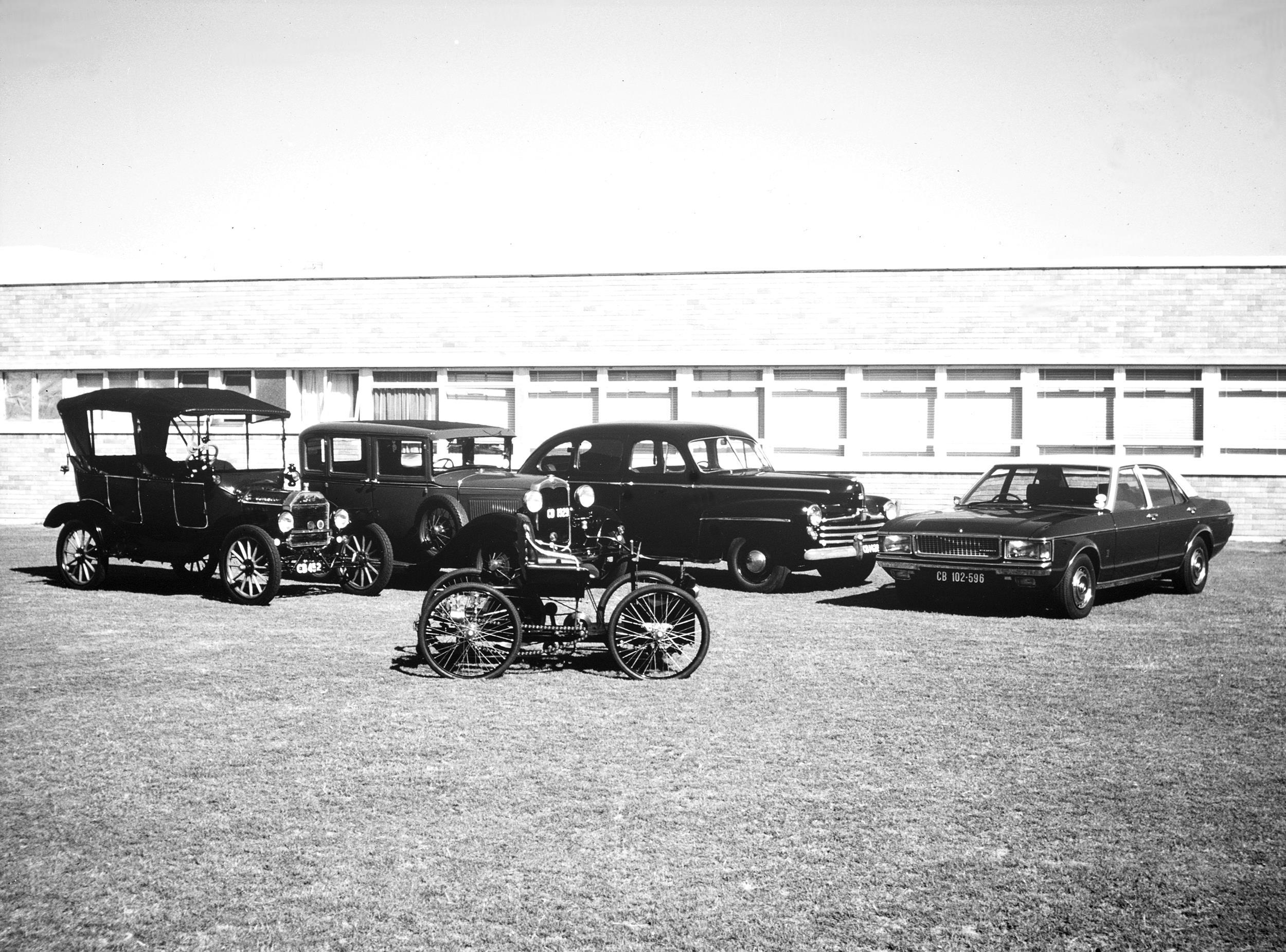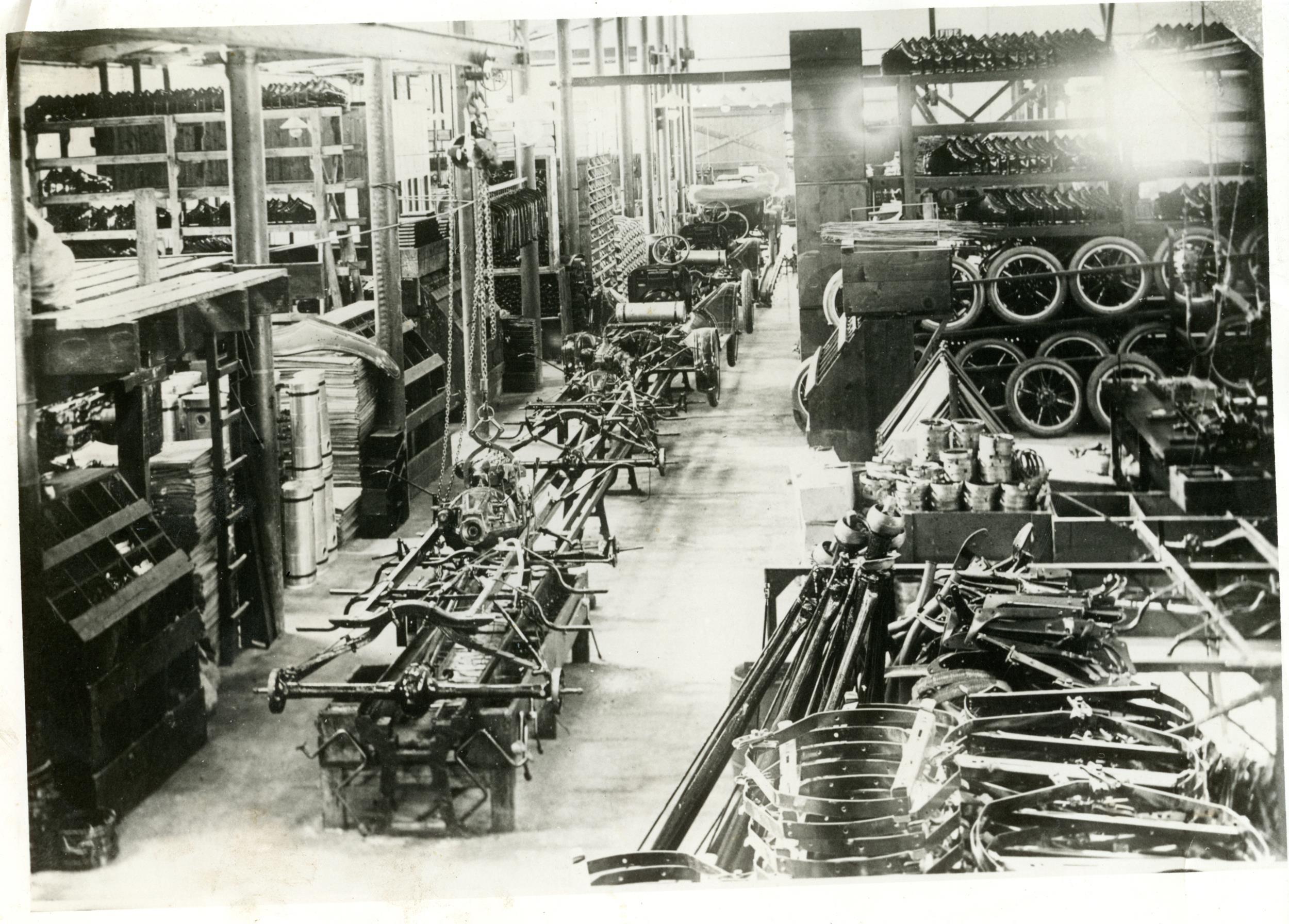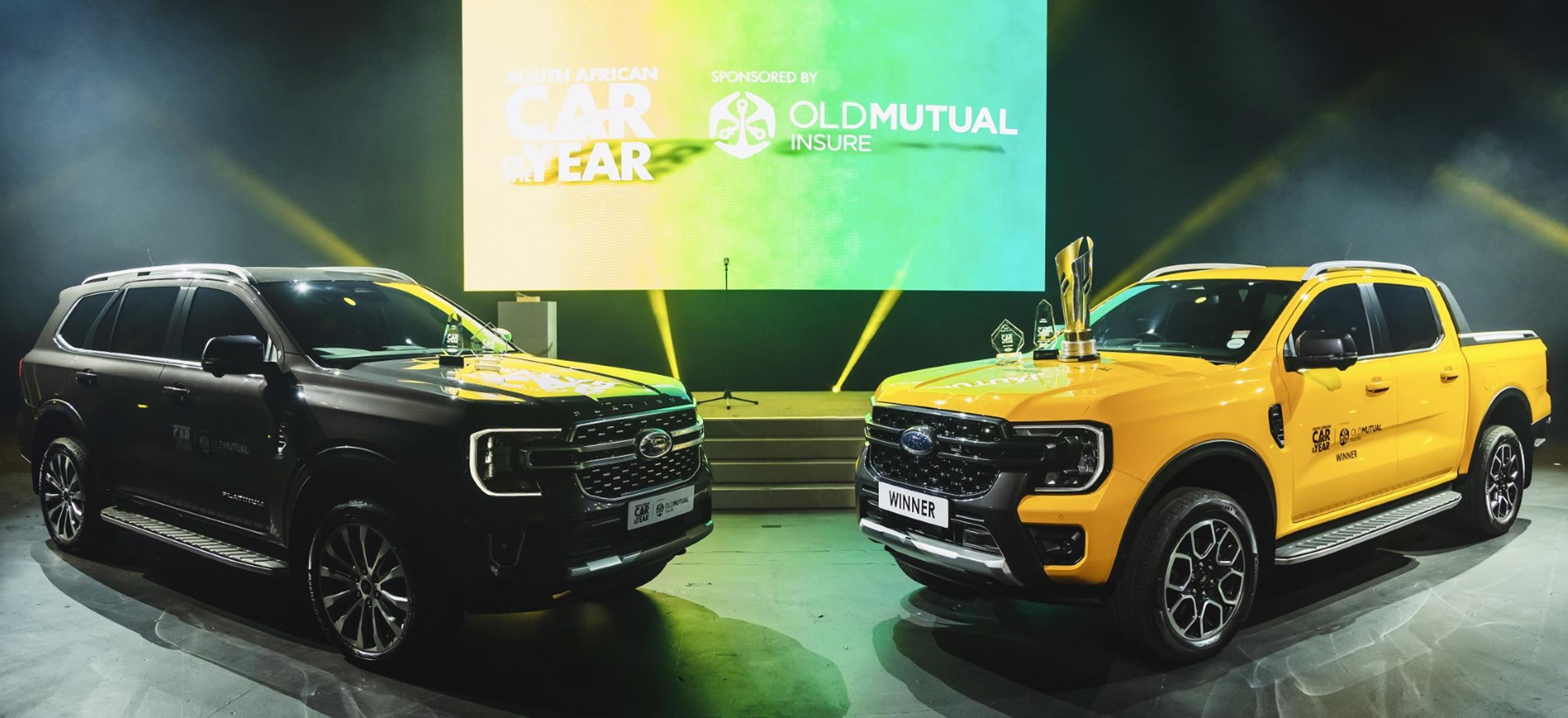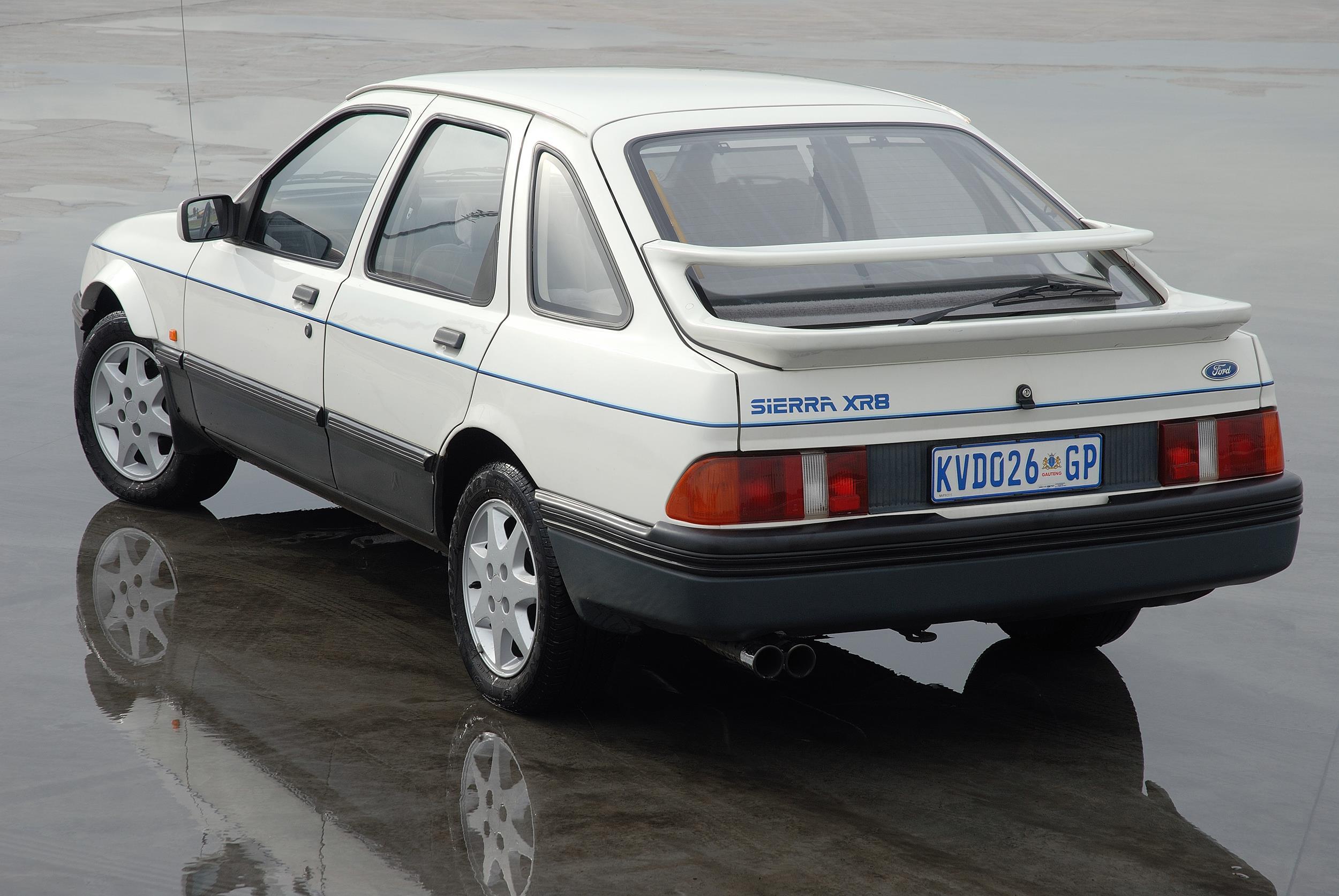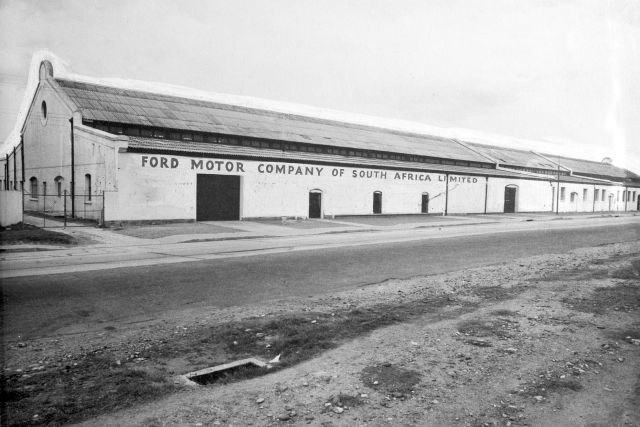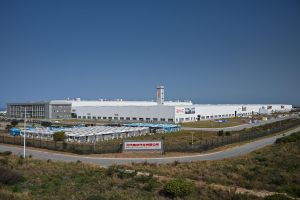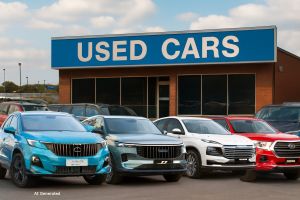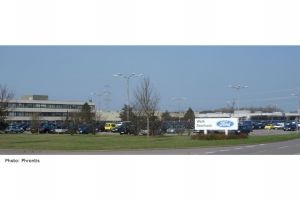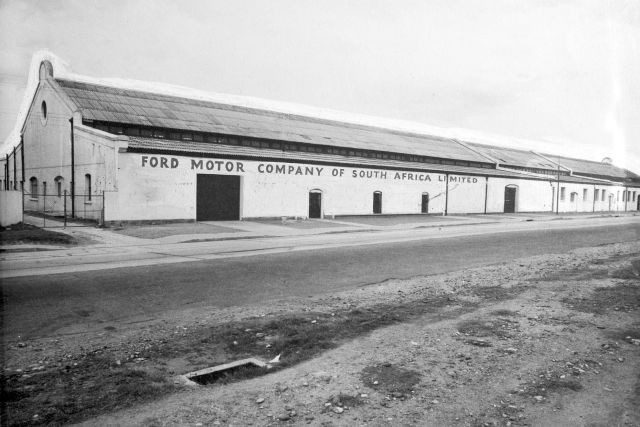
In 1903, engineer Henry Ford and a team of investors established the Ford Motor Company. Their venture began on 16 June with a modest capital of around R500 000 ($28 000).
Signalling South Africa’s importance within the company’s global ambitions, Henry Ford made a strategic move just two years later. He appointed Arkell & Douglas in Port Elizabeth as the company’s agents in the country for the distribution and sale of Ford cars within the local market.
To meet the immense global demand for the Model T, Ford began building plants outside of the United States and established Ford of Canada, which supplied vehicles to the British Commonwealth markets, including South Africa. The Model T quickly became SA’s most popular car, and it was only a matter of time before the decision was made to begin assembling vehicles in South Africa.
In November 1923, Ford Motor Company of South Africa was founded in Port Elizabeth (now Gqeberha).
Work began immediately on converting an old wool warehouse in Grahamstown Road. This transformation marked the inception of Ford’s 16th assembly plant outside of the US. The local assembly operations began with the Model T, utilising completely knocked-down (CKD) kits imported from Canada. This pioneering move not only made Ford the first global vehicle manufacturer to establish operations in South Africa, but also introduced the continent’s initial assembly line of any kind.
Assembly operations began on 19 January 1924 at a planned rate of 10 cars a day, and the first locally produced models went on sale in March that year. The company had 21 office staff along with 70 people in the assembly plant, and it turned out 1 446 vehicles in the first 12 months.
Ford dominated the SA market with government records at the end of 1925 reflecting 18 118 licensed Fords in the country, which was nearly three times that of its closest competitor. By the end of 1926, Ford began offering its vehicles in colours beyond the archetypal black, including options like ‘deep mole’ and ‘dark green’. During that year, the plant produced a combined total of 2 069 cars and 1 093 trucks.
Ford soon outgrew the old wool warehouse in Port Elizabeth. In October 1930, the Ford Motor Company of South Africa relocated to a new factory in Harrower Road costing R1 110 503 at the time. Initially, the factory began producing the Model A at a rate of 90 vehicles a day.
Over the following years, Ford’s Harrower Road facility underwent multiple expansions and was supplemented by an additional factory two years later, and by 1940 the floor space had been increased to 24 112 m2.
During World War II, most of the country’s manufacturing capacity was redirected to support the Allied campaign. The Ford plant played a significant role, producing almost 60 000 vehicles between 1939 and 1945, with 36 339 vehicles going to the Union Defence Force alone.
By 1947, Ford ramped up its expansion yet again, as construction began on a new plant in the Neave Industrial Township. The new R2-million facility officially opened on 1 October 1948. It provided employment for 1 100 people and occupied 50 000 m2 of the 200 000 m2 site.
The Neave plant was famous for producing an extensive range of memorable cars such as the Fairlane, Zephyr, Zodiac, Anglia, Prefect, Consul, Escort, Granada, and the legendary two-door Capri. It also assembled Ford’s range of Thames and Louisville trucks and Fordson Major diesel tractors, with the passenger and commercial vehicles sold locally and exported across sub-Saharan Africa.
Remarkably, all three of these early Ford plants, including the original wool warehouse, are still standing today, albeit repurposed and sold to new owners over the years.
During the 1960s, Ford made significant investments in the domestic automotive sector, announcing a R4-million expansion initiative in 1962. This involved the construction of a Parts and Accessories Warehouse in Struandale, an extension of the Neave plant to accommodate an engine assembly line, and the development of a new test track.
Then, in October 1963, Ford announced a landmark R8-million investment in a dedicated engine manufacturing facility. The Struandale Engine Plant was officially opened by Henry Ford II in May 1964.
A R2-million proving ground was built incorporating four test tracks of varying surfaces. In 1968, a custom-designed Product Development and Engineering facility was established, which became the breeding ground for many local developments that were unique to South Africa. These included various iterations of the Cortina bakkie (pickup), and the Bantam bakkie introduced in 1983.
In 1976, the Ford Motor Company of South Africa produced its one-millionth vehicle in Port Elizabeth.
The political upheaval of the 1980s led to Ford entering negotiations with Amcar (the successor to the Sigma Motor Corporation) and Anglo American. It culminated in the creation of the South African Motor Corporation (SAMCOR) in January 1985, which took over Ford’s local manufacturing, distribution and sales operations. Ford’s 40-percent stake in SAMCOR was ultimately transferred to a trust, which subsequently allocated a large portion of the shares to its black employees – an unprecedented move at the time.
This move led to all of Ford’s vehicle assembly operations in Port Elizabeth being relocated and consolidated at the SAMCOR plant in Silverton, east of Pretoria. The plant had previously formed part of Sigma, primarily functioning as a Chrysler plant, and then later transitioned into Amcar. The Struandale Engine Plant remained in Port Elizabeth, where it continues today.
The two-millionth vehicle was produced in 1993. This milestone pre-empted Ford’s imminent return to South Africa. In 1994, Ford acquired a 45-percent equity stake in SAMCOR from Anglo American, a significant move that showcased confidence in the country’s transition to democracy.
The year 2000 represented several watershed moments as Ford attained full ownership of SAMCOR, acquiring 100-percent equity. Concurrently, it led to the establishment of the Ford Motor Company of Southern Africa (FMCSA). In that same year, the first-generation Ranger was unveiled.
A total of 105 950 Rangers were sold in South Africa between 2000 and 2011, but it was Ford’s major investment in the subsequent model that really pivoted the local operations on to the global stage.
In 2010, Ford confirmed a massive R3.4-billion investment in South Africa for its global export programme. This initiative included the production of the new Ranger at the Silverton Assembly Plant and the component machining and assembling the 2.2L and 3.2L Duratorq TDCi engines at the Struandale Engine Plant. The investment effectively more than doubled Ford’s local manufacturing capacity to 110 000 vehicles a year.
The three-millionth vehicle was produced in 2013.
By 2018, Ford had invested R11-billion in the export-driven programme, with installed production capacity climbing to 168 000 vehicles a year. These investments included local manufacturing of the Everest SUV from 2016, significant updates to the local operations for producing the first-ever Ranger Raptor, and the installation of a new assembly line for the latest-generation 2.0L Single Turbo and Bi-Turbo diesel engines at the Struandale plant.
In 2019, Ford embarked on a pioneering public-private partnership with national, local and provincial government entities to establish the Tshwane Automotive Special Economic Zone. This innovative supplier hub, located next to the Silverton plant, was the first of its kind in South Africa.
This year, the new Ranger made history by becoming the first bakkie to win the prestigious South African Car of the Year title.
Demand for the proudly South African-built Ranger continues to soar, far outstripping supply. This holds true, not only within the local market, but also in more than 100 international markets that receive shipments from South Africa.
On 8 August this year, 736 vehicles emerged from the plant in 24 hours. Just three days later, the team went one better – quite literally – to bump that figure up to 737 units, a record for the Silverton Assembly Plant, and more importantly, also for the South African automotive manufacturing industry.



